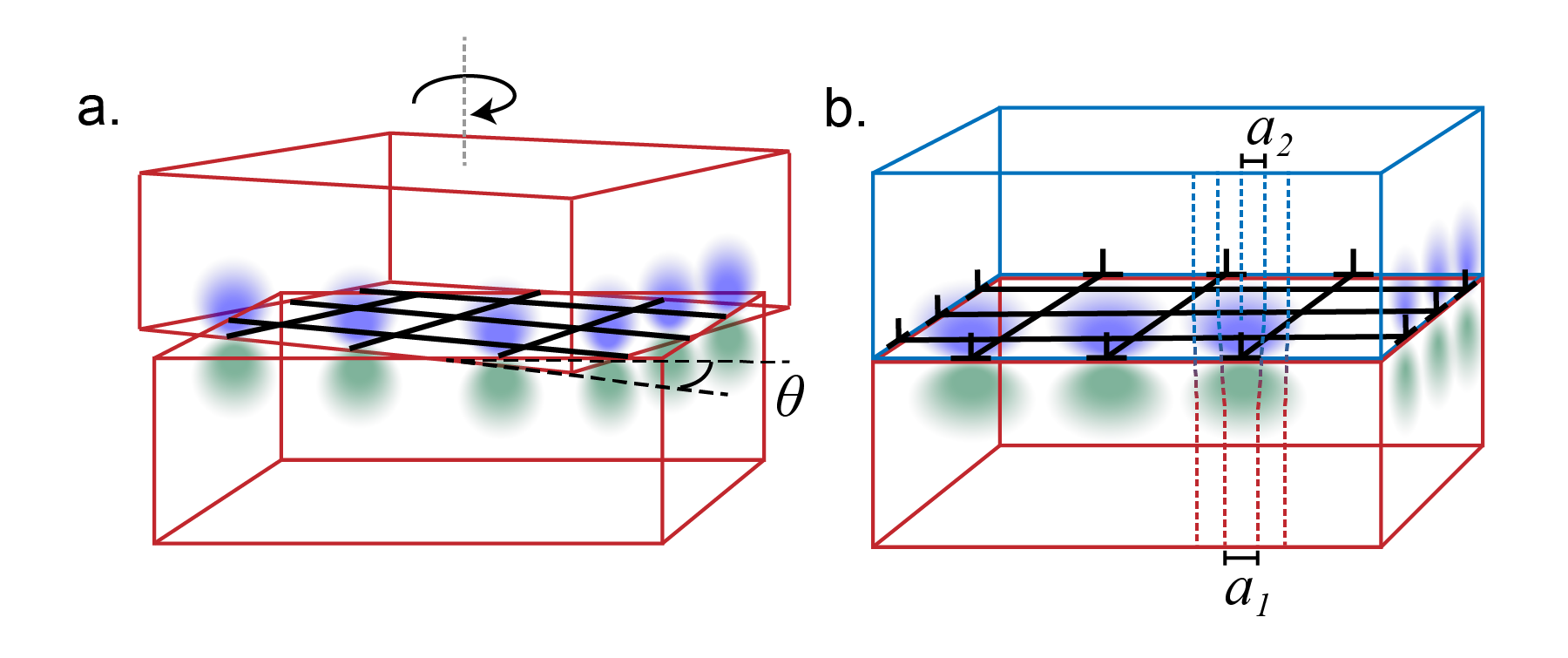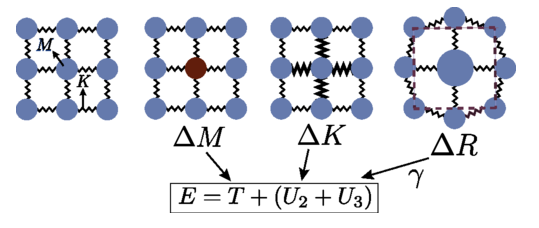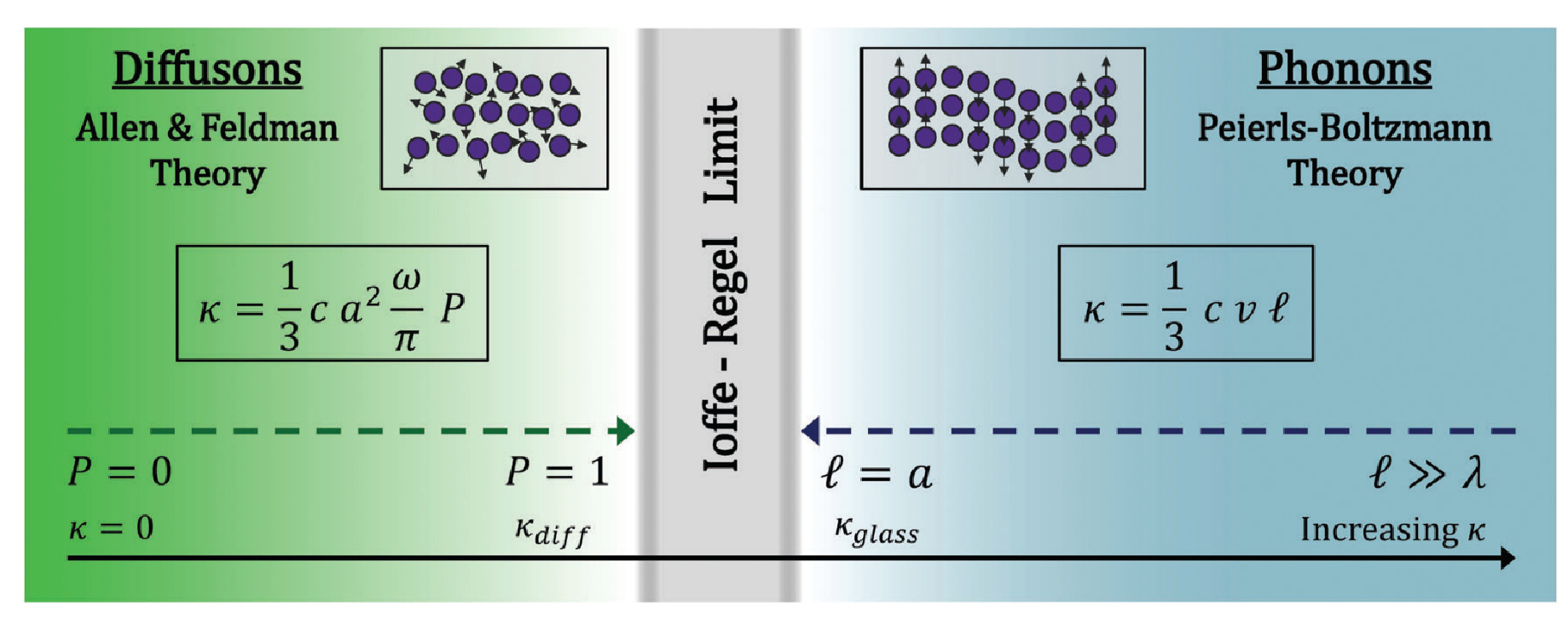
Hello! My name is
Riley Hanus
I am a materials science expert that is passionate about STEM education. I make an effort to engage in highly collaborative research and to share ideas freely. My full publication list can be found at Google Scholar. Highlighting the publications on this list that I have led, there are seven papers with over 40 citations where I am first or corresponding author. In addition, I hold two patents in the metrology and machine learning space. At Northwestern I studied electronic and thermal transport in defective and complex crystals with a special focus on thermoelectric materials in the Snyder Group. After that I was a postdoc at Georgia Tech in the Graham Lab working on the characterization and design (ultra)wide band-gap semiconductor devices, as well as experiments and modeling of semi-conducting polymers. Currently, I am a Research Scientist at Wolfspeed where I am a crystal growth, data science, and metrology expert.














